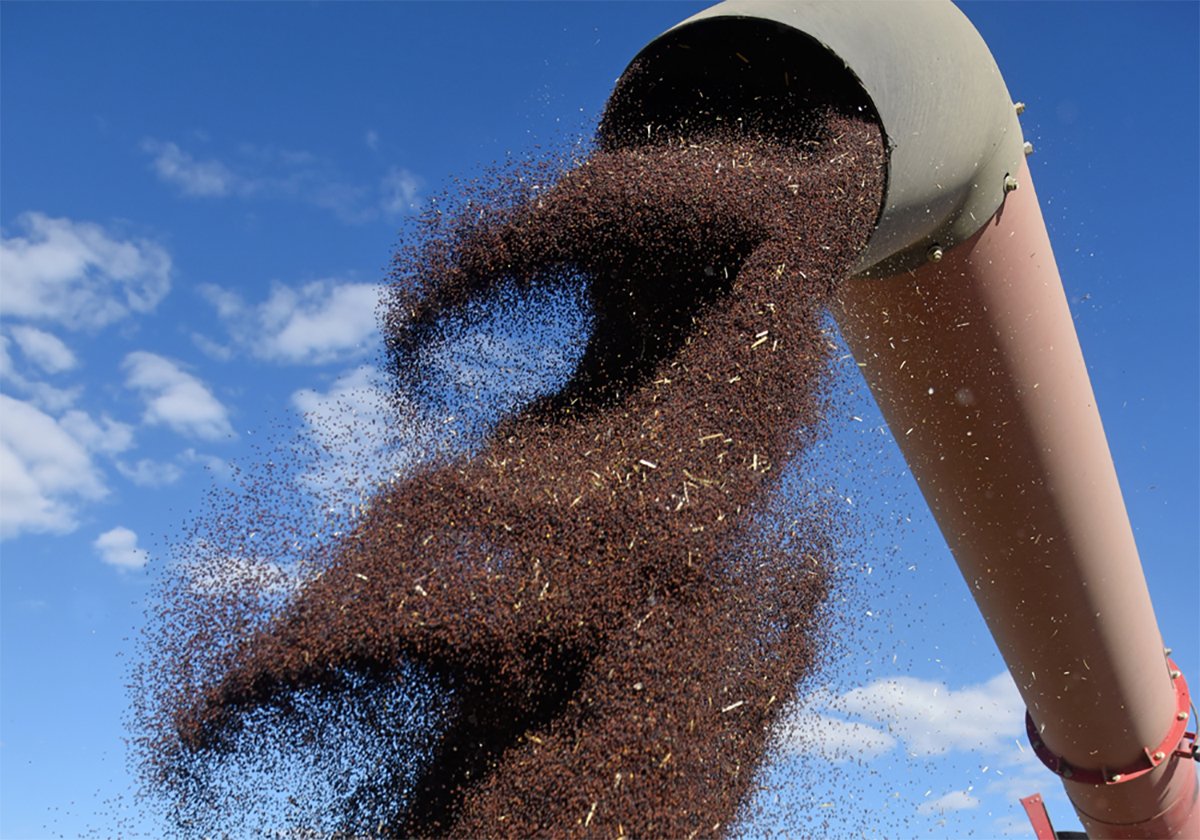Too much hay is moving around the countryside full of weed seeds, says the manager of Clearwater County’s agriculture service board in Alberta.
Kim Nielsen said the province offers a certified weed-free hay program to prevent the introduction of new weeds to private and public land, but it isn’t well used.
“It is amazing to me how slow this program is to be adopted,” he told the Pacific Northwest Economic Region summit held in Calgary July 16.
Nielsen said part of his job is to deliver provincial agriculture programs, but he is forced to spend time on weed control.
Read Also

Ag minister says tariff situation with China is fragile, volatile
Agriculture ministers from across Canada said they heard canola producers’ concerns about tariffs but it seems unlikely they can do much about them.
Buyers may not pay extra for certified hay, he added, but producers should see it as a responsibility to prevent the spread of weeds.
“Producers don’t see much more money, but it is often the first hay to move.” he said.
It does not take long after hay and weeds are spread on prime farmland for stubborn weeds such as wild caraway, common tansy, oxeye daisy, scentless chamomile, kochia, foxtail barley or leafy spurge to appear.
Program participants can have their fields inspected by agricultural services fieldmen before cutting.















